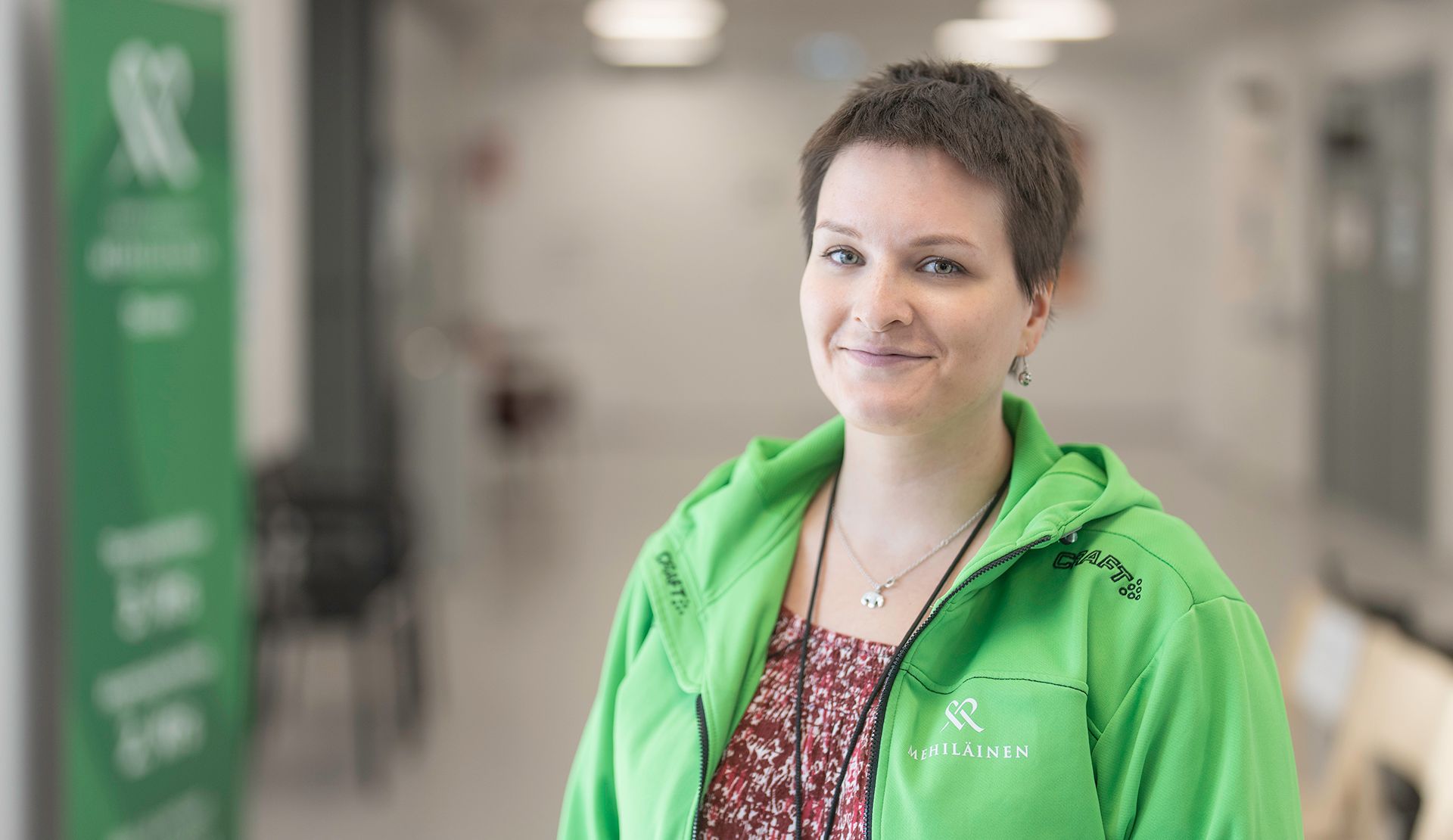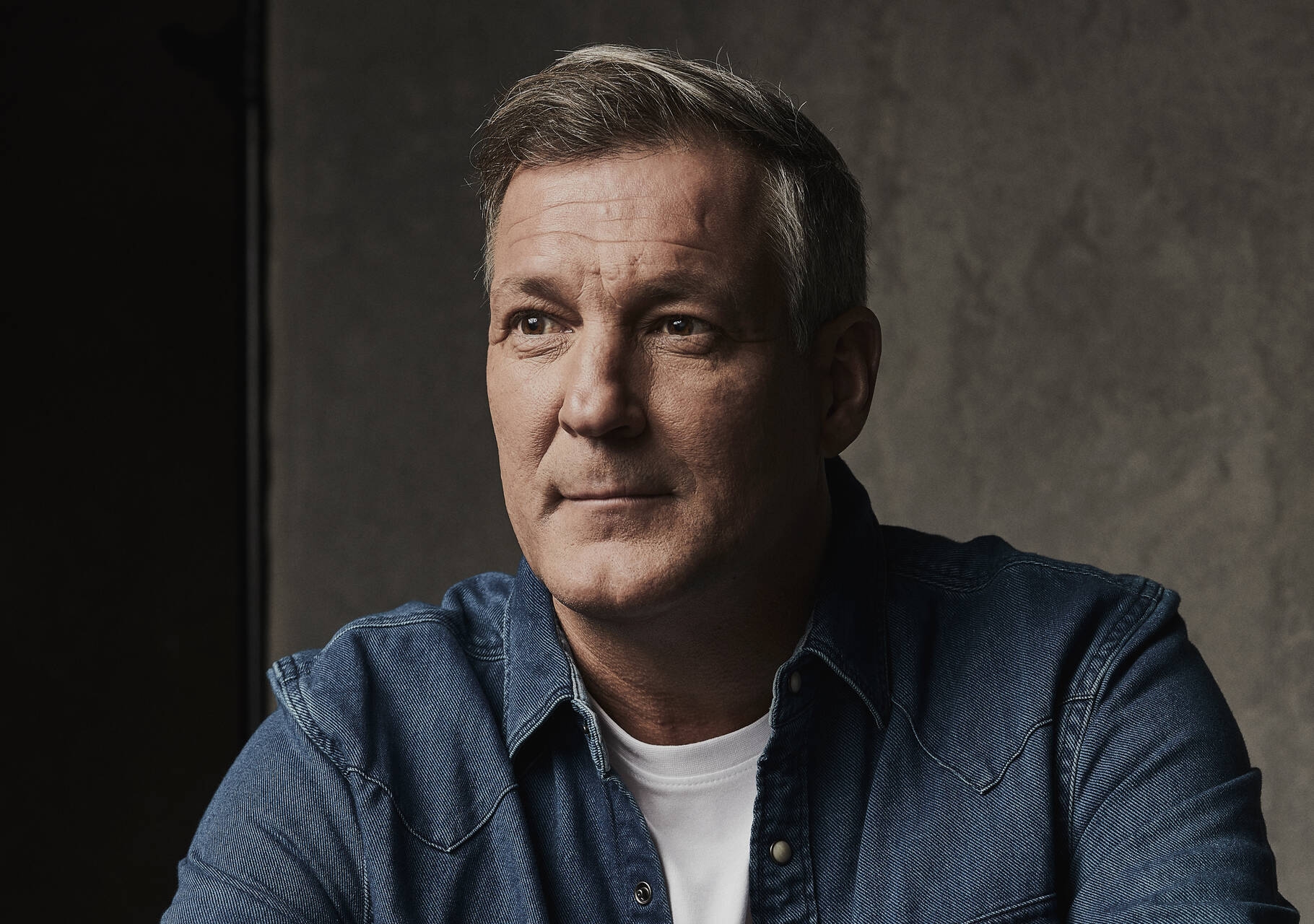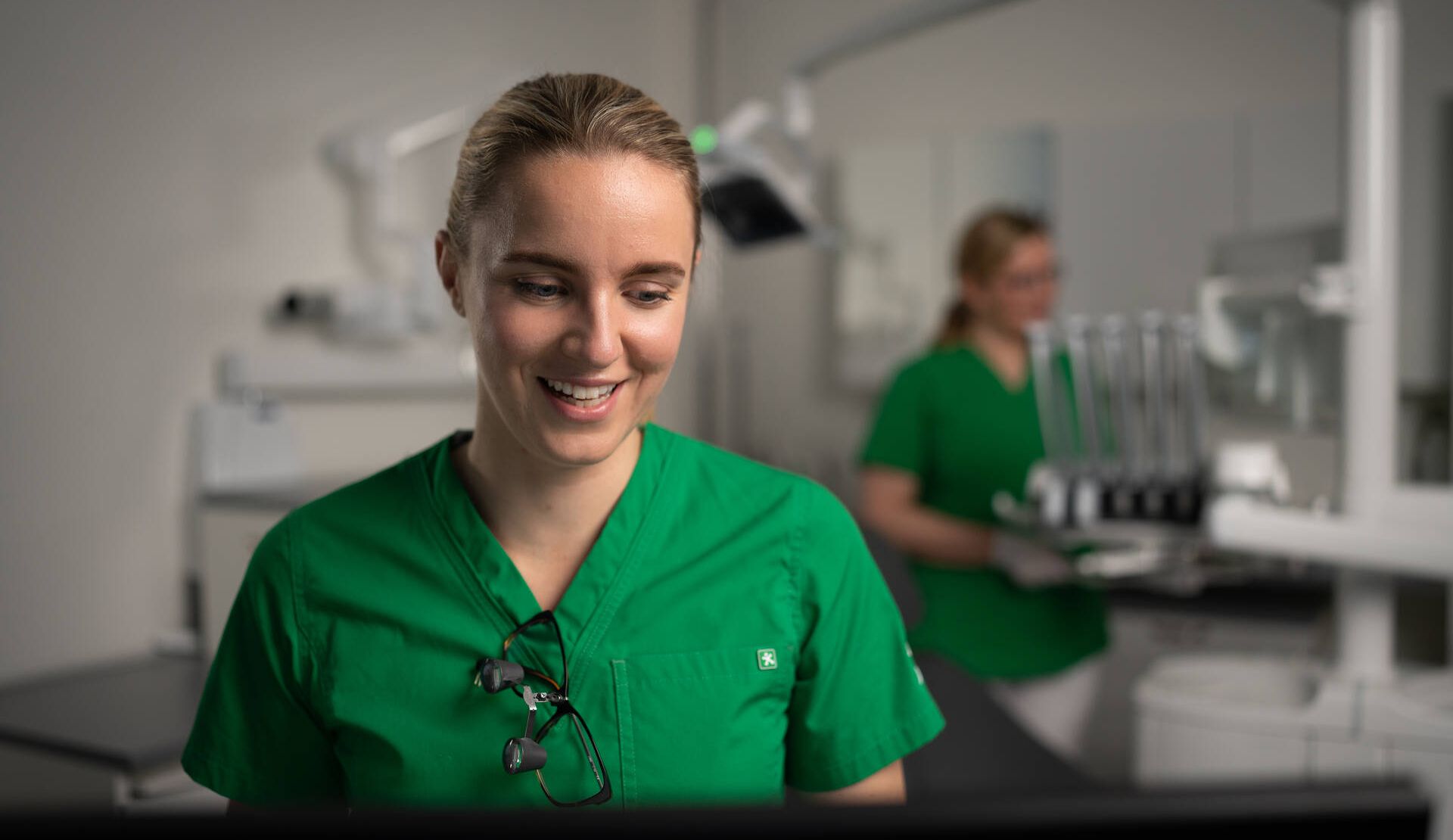
Rhinoplasty also known as nose surgery
Specialist in the article

Revised 6/7/2025
Rhinoplasty in brief
- Rhinoplasty, also known as nose surgery, is a surgical procedure to correct the appearance of the nose or functional issues caused by injuries, diseases, or deformities.
- Rhinoplasty is usually performed under general anesthesia and takes an average of 3–5 hours.
- It is a versatile procedure that allows for both minor and major changes to the structure of the nose.
General Information about rhinoplasty
Rhinoplasty is a surgical procedure that can correct both functional issues and the appearance of the nose. The surgery addresses structural defects in the nose, which may be congenital or caused by injury. The procedure can significantly improve airway function while also addressing potential aesthetic concerns.
Rhinoplasty can help in the following situations:
- A deviated nasal septum causes breathing difficulties.
- Nasal congestion disrupts normal life.
- External nasal deformities cause aesthetic concerns.
- Structural changes in the nose caused by injury or trauma.
- Congenital structural abnormalities make breathing difficult.
- The appearance of the nose is unsatisfactory due to a hump, length, or rounded tip.
Nasal reshaping
In nasal reshaping surgery, or rhinoplasty, the appearance of the nose is modified, and its function is improved. The surgery adjusts the structure and shape of the nose according to the patient’s wishes while considering facial proportions.
The procedure requires precise expertise from the plastic surgeon and is always planned based on individual needs. Rhinoplasty can be functional, aesthetic, or a combination of both, with the goal of achieving a natural result.
Nasal septum surgery
Nasal septum surgery, or septoplasty, corrects a deviated nasal septum or structural abnormalities that impair breathing. The surgery improves airflow in the nose, facilitates breathing, and may reduce snoring.
A deviated nasal septum can be congenital or caused by injury. If left untreated, it can lead to persistent congestion and nasal asymmetry.
Nasal fracture repair
Nasal fracture repair surgery restores structural damage caused by trauma to the nose. A nasal fracture should ideally be set within about ten days of the injury, before the fracture heals in a misaligned position. Timely repair prevents permanent breathing difficulties and changes in appearance.
If the fracture has healed incorrectly, the nose may appear crooked, often accompanied by airflow issues. In such cases, it is usually advisable to wait several months for the injury to fully heal before undergoing corrective surgery.
During the procedure, the bony and cartilaginous structures of the nose are repositioned to restore its function and appearance. The surgery is performed under local or general anesthesia, depending on the extent of the injury.
Preparing for rhinoplasty
- Consultation. The first step in rhinoplasty is to book an appointment with a plastic surgeon, who will assess the situation and discuss the patient’s wishes and needs. The surgery is always planned individually based on these factors.
- Health Assessment. The plastic surgeon will also evaluate overall health. The consultation includes a review of past and current illnesses, medications, supplements, previous surgeries and treatments, as well as substance use and smoking habits.
- Medications. Inform the plastic surgeon of all illnesses, allergies, and medications. Certain medications may need to be discontinued as per the doctor’s instructions. You will also receive prescriptions for painkillers and antibiotics.
- Smoking and alcohol. Smoking should be avoided for at least two weeks before surgery, as it slows wound healing. Avoid alcohol consumption for one week before the procedure.
- Fasting. Do not eat or drink for six hours before the surgery.
- Pain medication. You will receive a prescription for necessary medications during the surgery.
- Support. Arrange transportation after the surgery, as you will not be able to drive yourself.
How rhinoplasty proceeds
The plastic surgeon will review the procedure and explain what will be done during the surgery. Rhinoplasty aims to address both functional and aesthetic issues simultaneously.
If there are scars or deficiencies in the skin or soft tissues of the nose, they can be corrected using skin flaps or fat transfer. The procedure is usually performed under general anesthesia and lasts 2–6 hours, depending on its complexity. Afterward, the surgical wounds are closed, and support splints and possible nasal tampons are placed in the nose.
In the recovery room, your condition will be monitored, and pain medication will be provided as needed. The professional staff ensures that post-operative recovery proceeds as smoothly and safely as possible. You can usually go home the same or the following day.
Recovery from rhinoplasty
- Physical activity. Avoid physical exertion and straining during the first week.
- Support splints. After the surgery, the nose will be splinted and taped for a week. Any support splints are removed about a week after the surgery, and nasal tampons within 1–3 days.
- Bruising and swelling. Bruising may last 2–3 weeks, swelling 1–18 months, and sensory disturbances 6–18 months. Patience is required with the final results, as it can take six months to a year and a half for the nose to settle into its final shape.
- Sauna: Avoid saunas for the first few weeks.
- Blowing and pressure: Avoid vigorous nose blowing during the first few weeks. Similarly, protect the nose from bumps and pressure for four weeks.
- Sick leave. Recovery time from rhinoplasty is individual. Sick leave is usually required for 2–3 weeks, depending on the nature of the work.
- Doctor: Contact a doctor if you experience significant bleeding, pain, or fever.
The prices presented are indicative. The exact price will be determined after a consultation with the plastic surgeon, once individual needs have been assessed. The decision to proceed with surgery can be made after the consultation.
The final price is influenced by factors such as:
- Value-added tax (VAT): If the surgery is part of medical treatment, such as breast reduction or eyelid correction, no VAT is charged for the procedure. If a similar surgery is performed for aesthetic reasons, VAT will be added to the price.
- Procedure location: The price is affected by whether the surgery is performed in outpatient procedure conditions or as day surgery in a hospital.
At Mehiläinen, you can flexibly use various payment methods, such as paying in installments. Read more about payment methods.
| Service | Price estimate |
|---|---|
| Abdominoplasty also known as tummy tuck, vat 25.5 % The price does not include compression garments, 100–200 €, or overnight monitoring and on-call services, 740–1500 €/night. | from 9 550,00 € No Kela reimbursement |
| Scar revision in the head or neck area, vat 0 % | from 550,00 € No Kela reimbursement |
| Facelift, vat 25.5 % The price does not include compression garments, 100–200 €, or overnight monitoring and on-call services, 740–1500 €/night. | from 13 600,00 € No Kela reimbursement |
| Eyebrow lift, vat 0 % | from 4 100,00 € No Kela reimbursement |
| Eyebrow lift, aesthetic, vat 25.5 % | from 5 150,00 € No Kela reimbursement |
| Rhinoplasty, vat 25.5 % | from 12 900,00 € No Kela reimbursement |
| Removal of a mole or skin lesion, vat 0 % The price does not include potential tissue sample analysis. Tissue sample analysis starts at 122.50 €. | from 470,00 € No Kela reimbursement |
| Removal of a mole or skin lesion with a laser in the head or neck area, vat 0 % The price does not include potential tissue sample analysis. Tissue sample analysis starts at 122.50 €. | from 430,00 € No Kela reimbursement |
| Forehead lift, open or endoscopic, vat 25.5 % The price does not include compression garments. Compression garment prices are 100–200 €. | from 7 300,00 € No Kela reimbursement |
| Liposuction from a small area (e.g., under the chin, vat 25.5 % The price does not include compression garments. Compression garment prices are 100–200 €. | from 2 900,00 € No Kela reimbursement |
| Liposuction from a larger area, e.g., abdomen and flanks, vat 25.5 % The price does not include compression garments. Compression garment prices are 100–200 €. | from 8 150,00 € No Kela reimbursement |
| Removal of breast implants from both breasts, vat 25.5 % | from 4 600,00 € No Kela reimbursement |
| Breast lift surgery for both breasts, vat 25.5 % The price does not include compression garments. Compression garment prices are 100–200 €. | from 9 600,00 € No Kela reimbursement |
| Breast reduction surgery for both breasts, vat 0 % The price does not include compression garments. Compression garment prices are 100–200 €. | from 8 800,00 € No Kela reimbursement |
| Breast reduction surgery (aesthetic) for both breasts, vat 25.5 % The price does not include compression garments. Compression garment prices are 100–200 €. | from 11 000,00 € No Kela reimbursement |
| Breast augmentation with implants, vat 25.5 % The price does not include implants or support bras. Implant prices are 580–1100 €/pcs. Compression garment prices are 100–200 €. | from 5 800,00 € No Kela reimbursement |
| Upper eyelid surgery for both eyes, vat 0 % | from 2 050,00 € No Kela reimbursement |
| Upper eyelid surgery (aesthetic) for both eyes, vat 25.5 % | from 2 600,00 € No Kela reimbursement |
Other related services
Body and breasts
Comprehensive and expert plastic surgery for the body and breasts.
Consultation with a plastic surgery nurse
A free consultation helps you find the right treatment options.
Face and eyelids
We provide personalized solutions for the aesthetic needs of your face and eyelids.
Nose and ears
Enhance the shape and structure of your nose or ears with the expertise of a plastic surgeon.
Plastic surgeon
A specialist in plastic surgery performs treatments and surgeries to enhance the appearance and functionality of the face and body.
Skin lesions and moles
Treat skin lesions and remove moles safely and discreetly.
Frequently asked questions about rhinoplasty
Rhinoplasty involves modifying the structures of the nose by reshaping bone and cartilage. The procedure can straighten the nasal septum, correct the position of the external nose, or improve functional issues.
Rhinoplasty significantly improves airway function and facilitates breathing through the nose. It can also address aesthetic concerns and enhance quality of life.
Rhinoplasty can be performed on healthy adults with a diagnosed structural issue in the nose. The decision to proceed with surgery is always made individually, considering the patient’s health and the benefits of the procedure.
Complete recovery takes several months, but normal activities can be gradually resumed 2–3 weeks after the procedure. The final result is visible once all swelling has subsided.
Yes, the results of rhinoplasty are generally permanent. However, the structure of the nose may change with aging or as a result of new injuries.
The surgery may involve general surgical risks, such as bleeding, infection, or scarring. Rarer risks include asymmetry, persistent breathing difficulties, or dissatisfaction with the aesthetic outcome.

